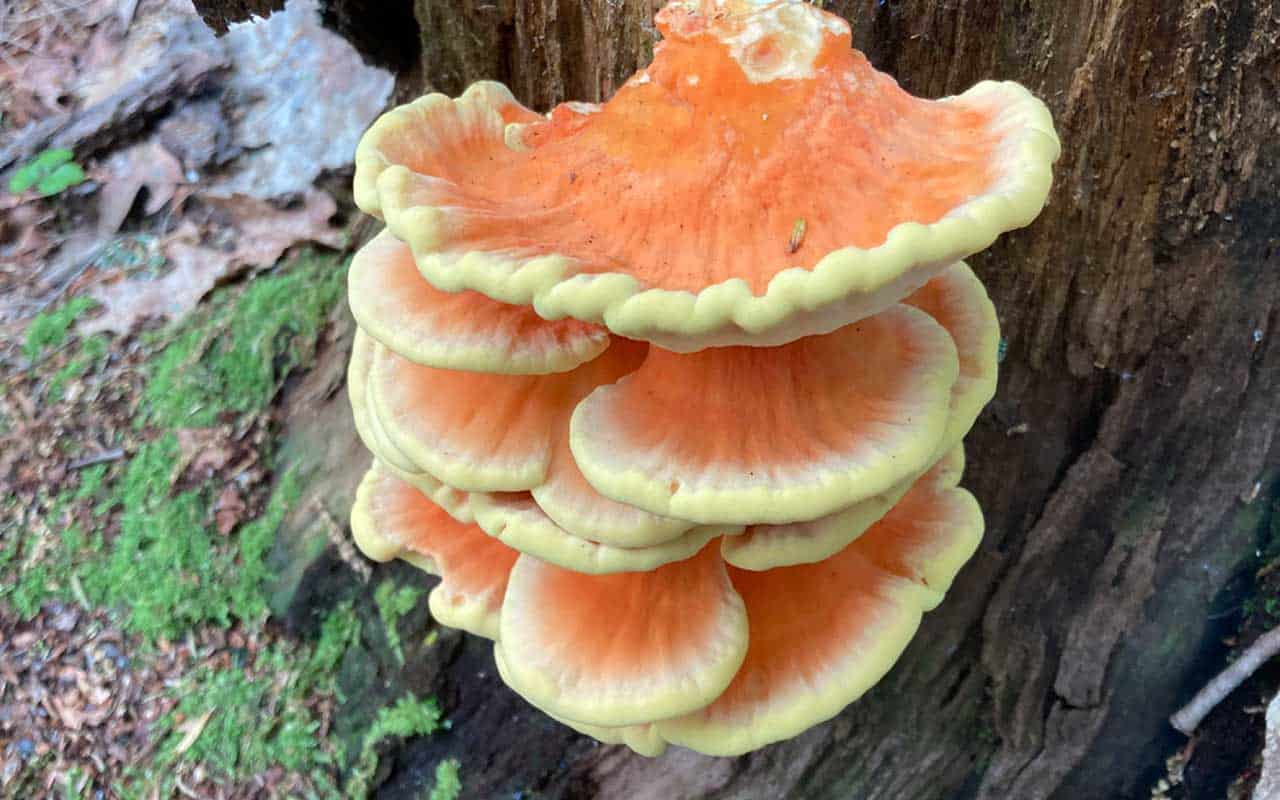Our Environment, Animal Tips & the Great Outdoors

A Naturalist, Naturally
Naturalist. It is a word synonymous with the great observers of nature like Charles Darwin, E.O. Wilson, Maria Sibylla Marien, and Henry David Thoreau. A title reserved for the history books when the natural world was uncharted and misunderstood. It is time to throw out that silly notion.
A new generation of naturalists
Technology has always been thought of as something of an antithesis to nature. Technology distracts people from truly immersing themselves in the natural setting. Previously, it would do nothing but inhibit our ability to spend our days like the early naturalists, scrutinizing and learning every detail of the land that surrounds us.
However, recently that rule is being slightly altered in a way. Amateur and aspiring naturalists use technology to their advantage, turning the woods into a classroom and creating a new generation of conscious naturalists. The way that they do this is through a few recent phone apps and software that can bring entire databases to the confines of your pocket. This is your guide to some of those apps.
iNaturalist
iNaturalist was created to fill a gap. Social media has risen in immense popularity over the past decade or so. As it grew, the niches that needed to be filled became apparent. While Instagram, Facebook, and Twitter were meant to appeal to the broadest range of users, the need for an outdoor-oriented social network was needed. Thus, in 2008, iNaturalist was formed and has since amassed over 3.2 million users worldwide.
 The mission is simple: Users submit sightings of certain organisms to iNaturalist where the data is then compiled and used to aid scientists to estimate abundance or the general ranges of these organisms. If you happen to know the species then the submission process is easy. However, if you come across something you have never seen before or a flower whose name eludes you, a quick picture can be run through an AI system to give you a fairly accurate answer to what you just saw.
The mission is simple: Users submit sightings of certain organisms to iNaturalist where the data is then compiled and used to aid scientists to estimate abundance or the general ranges of these organisms. If you happen to know the species then the submission process is easy. However, if you come across something you have never seen before or a flower whose name eludes you, a quick picture can be run through an AI system to give you a fairly accurate answer to what you just saw.
Complete these steps and you just became a valuable part of a network of citizen scientists whose data can be used by actual scientists to study the species you see.
A few other features make iNaturalist an amazing resource such as organized community bioblitz days in which people try to locate and identify as many different species as they can within the confines of their town or city. You can also connect with other naturalists much like you can on other social media to continue to gather information on local flora and fauna or to just meet some hiking buddies.
Seek
iNaturalist has had a recent push to make species identification a little more accessible. From this, Seek was born. While iNaturalist is a more complete and whole experience, Seek offers the user to identify a wide variety of species without the need of cellular service. When you happen upon an unknown specimen, simply point the camera at it and wait for Seek to do its thing. It is truly remarkable.
That is not to say it is 100% correct every time. Depending on the condition of the specimen or what time of year you take the photo, Seek might get anywhere from the exact species to the general family to well, nothing at all. I think that is a chance I am willing to take in order to work on my identification skills of plants around me. Through Seek, I have been able to recognize Hen of the Woods mushroom, Carolina Horsenettle, and Violet Oil Beetle.
Once Seek has done its thing and a species is identified, all you have to do is snap a picture and the species and all the information like location, date, time, and taxonomy are saved to your account for you to view later.
iNaturalist and Seek are best used in tandem to maximize the on-the-go identification of Seek with the connectivity and networking appeal of iNaturalist.
eBird
As a bird watcher myself, I am quite partial to eBird. Founded in 2002 by who else but the Cornell Lab of Ornithology, eBird pretty much has a monopoly on the birding world and you would be hard pressed to find a birder who has never used or heard of this amazing app.
eBird has no actual identification feature (more on than later) but rather acts much like iNaturalist. It is a collection of citizen science observations that dates back for almost a century as old sightings can still be recorded. Additionally you can friend and report joint checklists to make birding a more social activity. eBird saves all of your different birding lists and saves them under country, states, county, even down to the hotspot where you found the birds. Your life list is secure with eBird and with enough time you can soon see your self improve over the months and years.
The network of birders across the word who use this application means two things. One being the fact that you benefit from all the eyes out in the field. You can enable needs and rare bird alerts for the county you are in which will send an email whenever a rare bird or a bird you have never seen before pops up in your county. Keeping your eye out for these means you can quickly boost your life list. The second thing is the fact that all that data, plus yours, means that Cornell and other scientists can use the data to inform actions and policies that could help bird species or just to broaden our understanding of how these birds move and interact.
Finally, outside of the website you can download the app on your phone and keep detailed track of bird walks with time, distance, and species recorded which is then synced to your account. It can even tell you how common each species is in your area at that time of year. No more clunky field notebook to scribble species names.
Merlin
It seems like Cornell really does everything that relates to birds. Merlin is an identification tool (I told you I’d come back to this) and has seen some drastic improvements that make this a must have in the arsenal of any naturalist, regardless of their birder status.
How you use Merlin relies upon whether you saw or heard the bird you would wish to identify. If you saw it, you can answer a few questions like bird size, color, and what it was doing and in turn you will receive a possible list of birds that you could have seen. Now this is where things get interesting.
If you are hearing the bird simply press a button on the Merlin app and it will listen for you. If it can get a clear audio with minimal background it should return scarily accurate results for what bird species you are hearing. I urge you to download the app even if you are not a birder. I guarantee you that curiosity will get the best of you and will have you pulling out your phone to try and uncover the mystery of who is singing.
A warning
There is a whole world of apps and websites that can help you become a better naturalist but there is a giant disclaimer that I must include here: I mentioned earlier how technology can spoil the fun of being outdoors. Although these apps are designed to make you a more aware naturalist, they are not a cure-all. Books and field guides can never be replaced or made obsolete and relying on your phone for ID and learning can make you complacent. As a birder I abandoned my traditional way of learning bird songs and identification and started a dependence on Merlin. My learning somewhat plateaued.
It is important to remember that what made the famous naturalists of old so successful was their observation skills and immense knowledge that was only mastered through experience. These apps can be a vital tool but also remember that even this technology, in too high doses, can stop you from becoming the best naturalist you can be.



